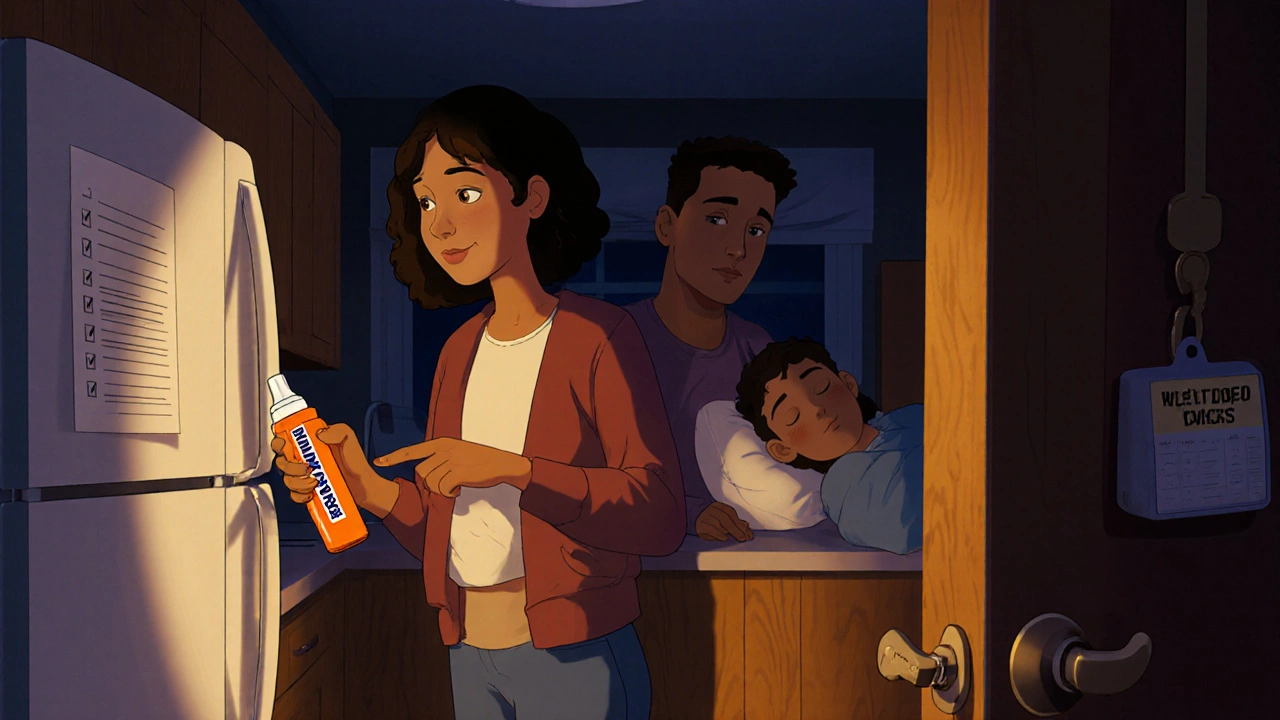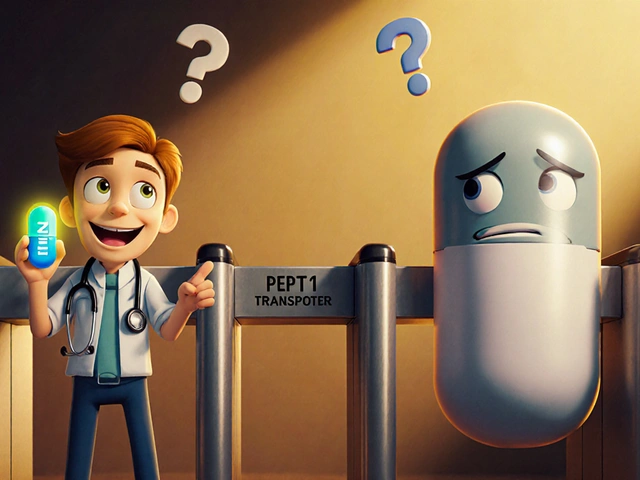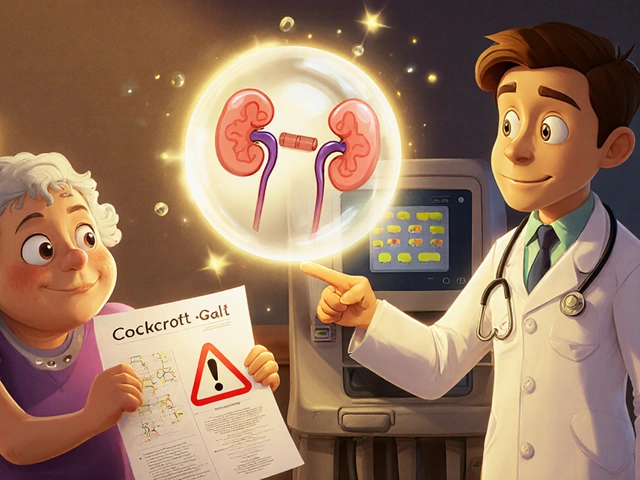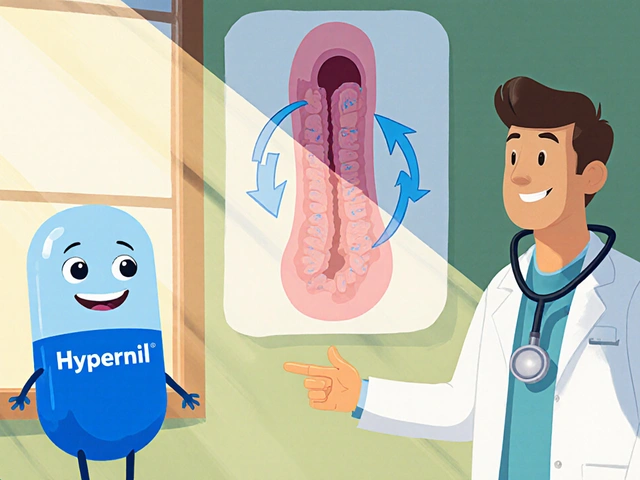Overdose Reversal: How Naloxone and Other Treatments Save Lives
When someone overdoses, every second counts. Overdose reversal, the process of stopping a life-threatening drug reaction before it kills. Also known as antidote administration, it’s not just medical jargon—it’s what keeps people alive when their breathing stops or their heart slows to a dangerous crawl. The most common and effective tool for this is naloxone, a medication that rapidly blocks opioid effects in the brain. It doesn’t work on alcohol, benzodiazepines, or stimulants—but for opioid overdoses, it’s the difference between a hospital visit and a funeral.
Most overdoses happen at home, not in clinics. That’s why friends, family, and even strangers are now trained to use naloxone nasal sprays or injectable kits. You don’t need a medical degree. If someone is unresponsive, not breathing normally, or has pinpoint pupils, give naloxone. Then call 911. Even if they wake up, they still need help—naloxone wears off faster than some opioids, and the person can slip back into overdose. This isn’t a one-time fix. It’s a bridge to care.
Other tools are being used too. buprenorphine, a partial opioid agonist used in addiction treatment, is sometimes given in emergency settings to stabilize patients without triggering withdrawal. And while naloxone is the star, emergency response protocols, including airway management and CPR are just as vital. You can’t just rely on a spray. You need to know how to keep oxygen flowing until paramedics arrive.
The posts you’ll find here aren’t about theory. They’re about real people, real drugs, and real choices. You’ll read about how certain painkillers increase overdose risk, how naloxone access varies by state, and why some medications make reversal harder. There’s also info on how to spot early signs of overdose, what to keep in your medicine cabinet, and how to talk to loved ones about safety. This isn’t just for addicts or doctors. It’s for parents, teachers, coworkers, and anyone who might be the first to respond when someone’s life is on the line.

Naloxone Readiness Plan: How to Keep Patients Safe on Opioids
A naloxone readiness plan saves lives. Learn how to keep patients on opioids safe with easy steps to access, use, and store naloxone - the only medication that can reverse an opioid overdose in minutes.
Categories
- Medications (44)
- Health and Medicine (41)
- Health and Wellness (34)
- Online Pharmacy Guides (15)
- Nutrition and Supplements (7)
- Parenting and Family (3)
- Environment and Conservation (2)
- healthcare (2)
- prescription savings (1)



